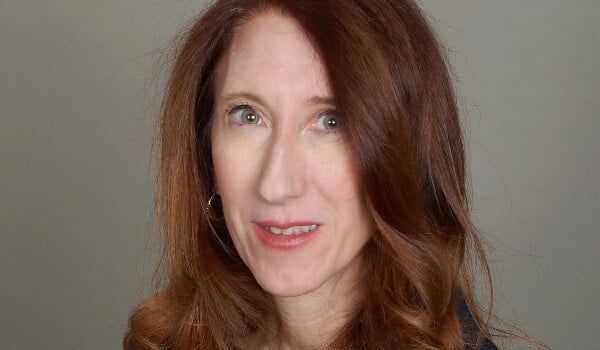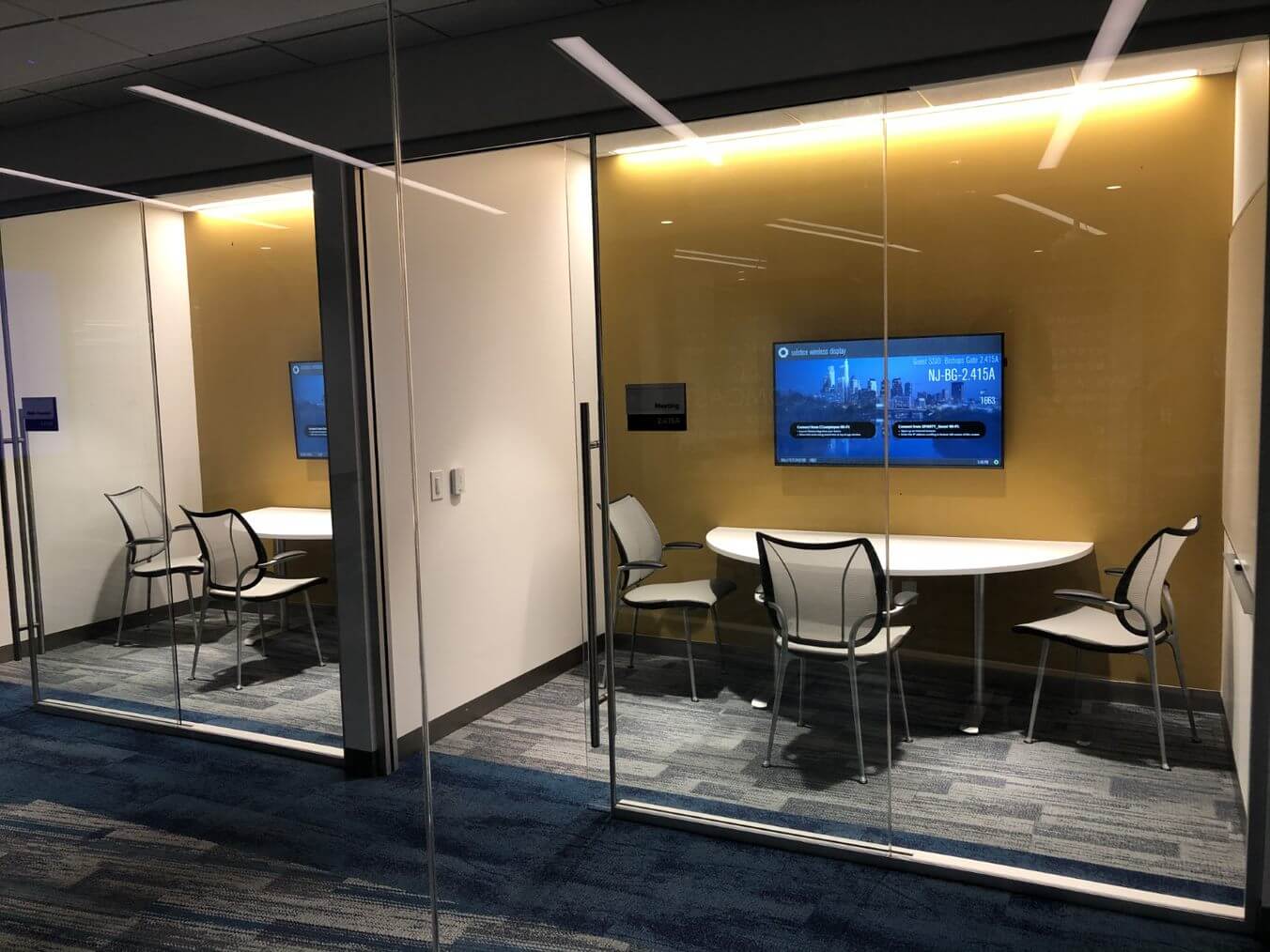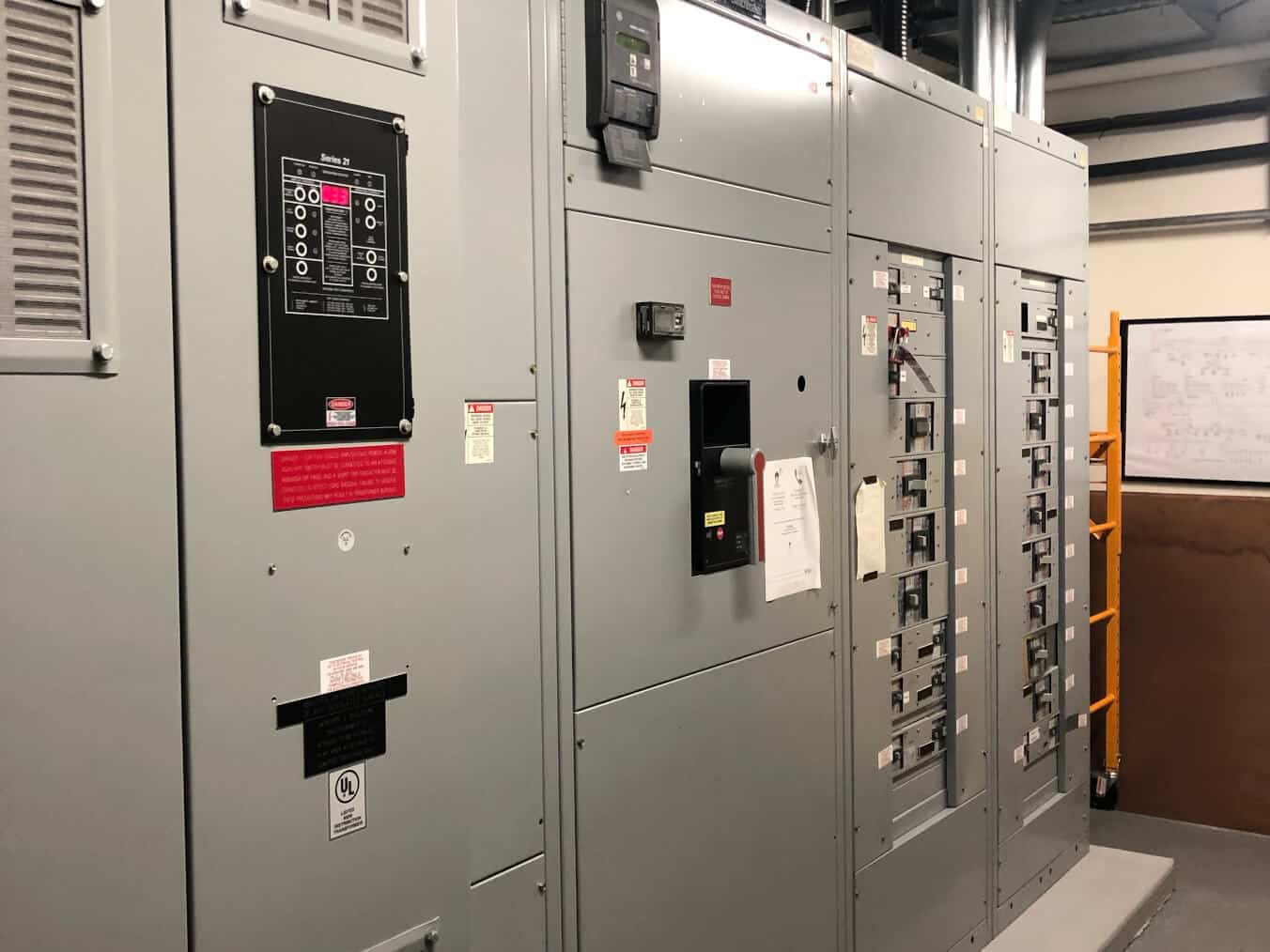Facilities management: big buildings and big budgets

Comcast’s Manager of Facilities, Marcella Garwood, gives us the inside scoop on how to manage FM budgets while dealing directly with senior leadership.
If you asked a group of FMs what the most difficult part of their job is, there’s going to be at least a few answers related to budgets. Whether it’s creating them or getting them approved by senior leadership, it can be one of the most challenging aspects of being FM.
No one knows this better than Marcella Garwood, Manager of Facilities for Comcast. With over 20 years in the industry, she has worked on a variety of major projects for different enterprise companies and has seen this firsthand. She has learned all the ins and outs of presenting an FM budget to senior leadership, which she shared with us.
You were a key lead on the 2007 Fort Washington Expo Center real estate project for GMAC, which ended up winning The Office Building of the Year Award from BOMA in 2008. What do you attribute to the success of that particular project?
Garwood: That project, as big as it was, actually went smoother than some smaller ones. I really believe it was the team we had that allowed us to have so much success with that project. A big part of that was also the ability to communicate properly with everyone so they all understood what needed to be done. We spent hours and hours together.
Another thing that made this successful was the fact that a lot of projects hand an FM the keys to the building versus having their input upfront. In this particular situation, I was at the table the entire time. There was even one instance when the architect had built the loading dock and I could clearly see it was too small. We had a third-party vendor come in and prevent that from being an issue because our primary activity was mail and we needed that loading dock to be a certain size. It was critical to be at the table during the design phase.
When it came to some of the project’s key issues, we talked and even argued over them sometimes to make sure we were in line with best practices and what our vendors were telling us they needed to do the job properly.

Your recent talk at IFMA’s World Workplace was centered around presenting a capital budget to senior management. What would you say are the very first steps in this process?
Garwood: Step one is getting all your assets and understanding their life cycle and condition. Step two is the property inspection. That means inspecting every solitary thing, including exteriors, windows, landscaping, sidewalks, interiors, fixtures—everything. Things within eyesight and things that are actual assets with a manufacturer tied to them.
The hardcore infrastructure needs to include every single asset and the life cycle of those assets. This doesn’t mean you have to replace them, but it helps you understand what condition they’re in. By ranking those, you can begin to develop a budget. You can even build that out to 30 years by simply understanding the assets. Can it change? Will it change? Absolutely. But at least you have that flexibility to make those adapt accordingly.
You also have to be able to show ROI. If you decide to spend $30,000 on something and it costs $16,000 to replace and you know the same thing could happen the following year because it’s at the end of its life cycle—that’s pretty convincing material for a replacement.

What are some of the biggest obstacles you’ve personally faced when putting together a capital budget for senior management? How were you able to overcome them?
Garwood: It all goes back to communication and having the knowledge of your facilities. I’ve worked for companies with a complete run-to-fail model. By showing that run-to-fail is not the best way and that it ends up costing more in the long run, we were able to shift that paradigm to a more proactive approach. We showed the value behind what needs to be replaced and how it can impact the business.
I had told a business I worked for that we needed a transformer to be serviced, let alone upgraded. I was finally able to get that transformer serviced, but what we found later was that it was in really bad shape. They still didn’t listen and didn’t want to do anything about it. We finally got to the point where early one morning, it sounded like it was going to blow. Even though we’d serviced it, it was just so old.
There’s no Transformers “R” Us store, so we had to get it built. We ended up renting one and getting it air-dropped into the back of the building in order to make sure that if the old one went down, we had another one to bring the building back up. It was a massive operation.
Those kinds of things happen and it’s all about showing senior management, look if you don’t do this—here is the risk. Are you willing to take that risk? I’m not willing to take the blame over something that I told you was going to happen. Most leaders don’t understand facilities management well enough to know what the consequences can be. That’s why FMs need a seat at that table.

A lot of FMs tend to think that the bottom line is the only thing senior management cares about when it comes to FM budgets. Would you agree or disagree with that notion?
Garwood: Senior management always wants to save money. They want to look good and possibly get their bonus. It’s in their DNA. That said, we’re heading into a major boom. What’s very interesting is if organizations looked at a pie chart that showed expenses, only about 13 percent of that pie chart would be dedicated to brick-and-mortar and real estate. That’s actually high, it’s probably even less than that.
The rest of the chart is all people. Most of the money in your organization is spent on people. If you’re only spending this tiny portion of money on brick-and-mortar and real estate, why not make it the most awesome place to be? Your people will be productive and feel good about coming into work.
A lot of FMs report to the finance department and that’s a challenge because they always want to save money. I’ve also seen FMs report to procurement, which is often a good thing because procurement drives deals and if they think they got a good deal on something, they’re willing to spend money. Another good model is having FMs report to HR because they’re trying to make people at that workplace happy and productive.

There’s a huge paradigm shift happening right now in facilities management to provide the best workplaces. It’s not only about your desk either; it’s about the quality of air you have, what amenities you have, how secure you feel in the building. Things like that. It drills down so deeply as the overall bucket of how you feel when you come to work. Sometimes people don’t even realize all the little nuances a facility can include that make an impact. It’s about having people feel good and productive in that space.
What do you see as the most challenging aspect of managing an FM budget? Join the conversation and leave us a comment below.
Photos: Marcella Garwood, Essow Kedelina




